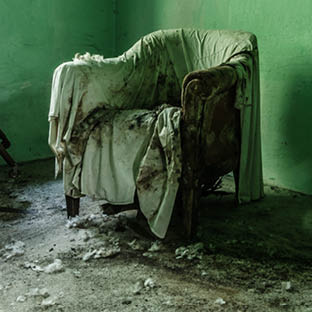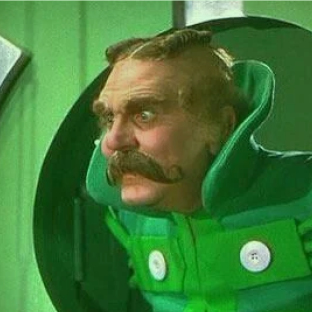Americana imagery is widespread in an American election. But what is that long "f" letter doing there?
Throughout an American election Americana imagery is widespread. A prevalent image is the backdrop used in the Presidential (and not so Presidential) debates.

That blue screen with white letters is an interpretation of the Declaration of Independence, the document with all those “f” words. Such as ∫elf-evident and Happine∫s.
What looks like an incomplete f is actually a “long” s. The long s came about in the handwriting of first century Rome. If you write a letter quickly you tend to abbreviate the design of it. A “short” s loses its curves and gets simplified into a letter that is easier to write, the long s: ∫. For almost 2,000 years we had two versions of the same lowercase letter.

These two s’s seem to appear sporadically in our Declaration and our Con∫titution, but complex sets of rules are assigned to their usage. Here are just two of many:
• Use short s before long s+t, long s+h, and long s+k, in compound words that end in s, unless they would not naturally break there, in which case use long s followed by a short s and the next letter.
• Double s is normally written as double long s medially and as long s followed by short s finally. (from babelstone.blogspot.com)
It makes no sen∫e! With rules like that you are bound to get things me∫sed up. And it is these rules that helped bring an end to the long s. Printers found the usage to be a pain in the a∫s and type foundries stopped producing the letter. Handwriting slowly followed suit and the long s di∫appeared.
And that’s the long and ∫hort of it.
Back to Insights



